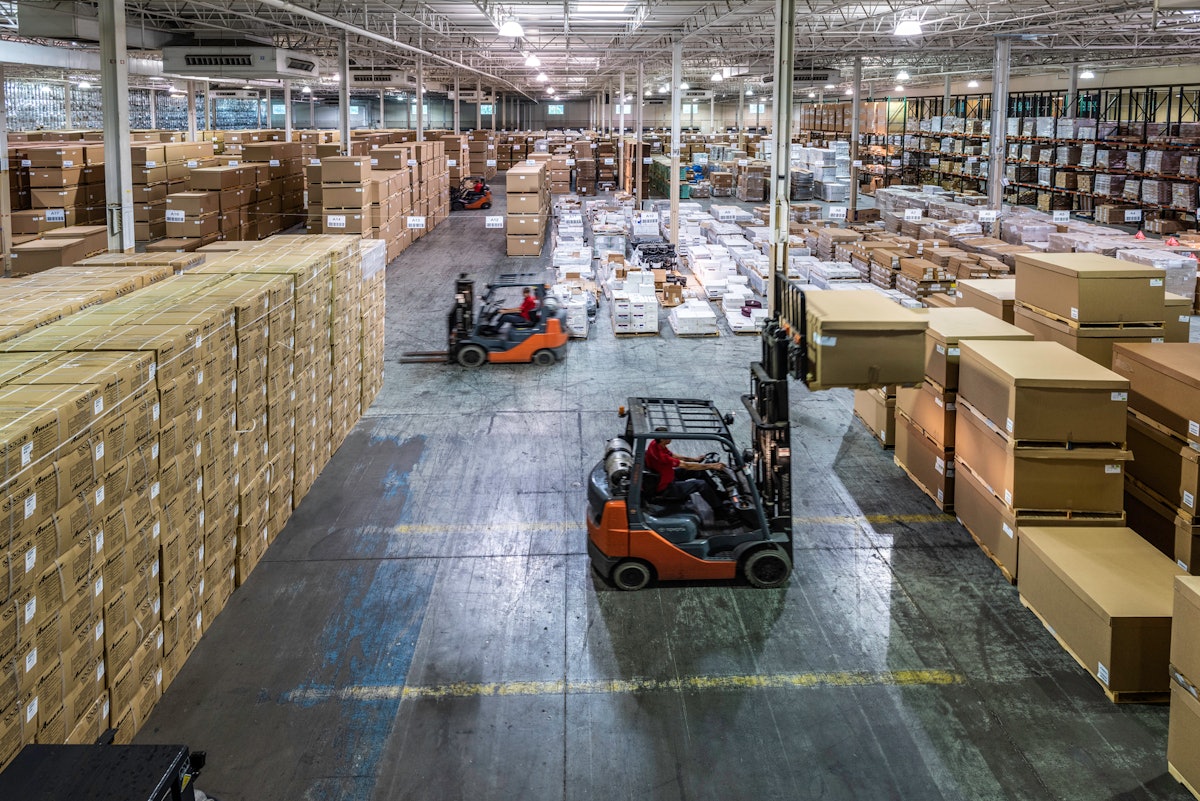The physical retail environment is experiencing swift changes, influenced by a blend of technological advancements, changing consumer demands, and broad economic changes. In the current era, traditional storefronts must move beyond outdated business models and conventional customer service methods. Numerous important trends are not only influencing the industry—they are fundamentally altering the way physical retail functions, attracts customers, and competes in an increasingly digital market.
Omnichannel Integration: Blurring Online and Offline Boundaries
One of the most prominent disruptors in physical retail is the aggressive integration of omnichannel strategies. Retail brands now recognize that consumers expect smooth, consistent experiences regardless of channel. This means ensuring synergy between in-store environments, e-commerce platforms, mobile applications, and even social commerce.
For example, large retailers such as Target and Walmart have heavily invested in buy online, pick up in-store (BOPIS) options. According to a 2023 report by the National Retail Federation, more than 70% of consumers utilized BOPIS at least once in the past year. This hybrid interaction not only drives in-store traffic but also provides traditional retailers with valuable cross-channel data, enabling more targeted marketing and inventory optimization.
Case Study: Nordstrom The “Nordstrom Local” initiative showcases a successful approach to omnichannel innovation. These compact, inventory-free locations enable customers to collect online purchases, return items, or receive bespoke styling guidance, boosting ease of access while maintaining a streamlined operation.
Experiential Retail: Transforming Spaces Into Destinations
Physical retail is shifting away from purely transactional spaces to experiential venues that emphasize community, engagement, and brand immersion. Modern consumers, particularly Millennials and Gen Z, prioritize unique, memorable experiences over simple product acquisition.
Example: Nike’s House of Innovation Nike’s flagship stores, dubbed “House of Innovation,” offer features like interactive sports zones, customization bars, and AR-enhanced product displays. These elements stimulate longer dwell times and foster deeper emotional connections between consumers and the brand.
Experiential elements extend beyond gimmicks; they play a crucial role in influencing purchasing decisions. According to a 2022 Deloitte survey, 58% of shoppers are more likely to revisit stores that offer engaging experiences, such as in-store events, workshops, or immersive product demos.
The Growth of No-Checkout and Contactless Shopping
Impulsado por avances en visión por computadora, inteligencia artificial y dispositivos IoT, el concepto de pago sin fricción está entrando rápidamente en el comercio minorista. La pandemia mundial aumentó esta demanda, haciendo que la higiene y la rapidez sean primordiales.
Amazon Go and Competitors Amazon Go pioneered the “Just Walk Out” technology, enabling shoppers to enter, shop, and exit without physically checking out—transactions are managed seamlessly via mobile apps and smart sensors. Other retailers, including 7-Eleven and Tesco, are experimenting with similar formats, cutting operational costs while addressing consumer demand for convenience.
Data Insights A Juniper Research report forecasts that frictionless checkout technologies could process $386 billion in transactions globally by 2025. This acceleration is supported by consumer feedback—over 60% of respondents in a 2023 Capgemini poll stated they prefer self-service checkout options, citing speed and better control.
Sustainability and Ethical Commerce
Today’s consumers are increasingly conscious of their environmental and ethical footprints. Physical retail must respond by integrating sustainability across operations, from eco-friendly store design to supply chain transparency and localized sourcing.
Retailer Example: IKEA has redoubled sustainability efforts in their physical locations, employing renewable materials in stores, offering repair services, and piloting furniture repurchase programs. Such initiatives resonate deeply with a customer base that expects environmental responsibility as the norm, not the exception.
Moreover, smaller chains and independents are leveraging sustainability as a unique selling proposition. Initiatives such as zero-waste packaging, carbon-neutral delivery for in-store pickups, and community recycling points are driving loyalty among eco-minded shoppers.
Versatile Store Layouts and Small-Scale Fulfillment
Retail space is evolving to become more agile and responsive to local market trends and inventory optimization. The proliferation of micro-fulfillment centers—small, automation-driven storage facilities close to consumer clusters—enables rapid delivery and supports click-and-collect models.
Case Study: Kroger Kroger, the primary supermarket chain in the U.S., collaborates with robotics companies to establish automated micro-fulfillment facilities next to their current locations. This approach significantly cuts down on final-mile delivery durations and improves inventory rotation, giving an advantage over online retailers with quick shipping options.
Entertainment in Retail and Community-Centric Commerce
Physical outlets are transforming into community hubs that encourage social engagement and fun activities. This development, frequently referred to as “retailtainment,” is visible in venues such as Apple’s flagship stores, where Today at Apple sessions are held, offering complimentary educational workshops and shows.
Community Hubs Companies like Patagonia and Lululemon arrange group runs, eco-friendly workshops, and exercise sessions, turning their retail locations into social centers rather than just retail outlets. These approaches enhance brand loyalty and set apart physical stores as vital meeting places.
AI-Powered Personalization and In-Store Analytics
Retailers are deploying sophisticated analytics platforms powered by artificial intelligence and machine learning to customize the in-store experience. This includes dynamic pricing displays tailored to customer profiles, personalized promotions delivered via smartphone beacons, and even AI-driven fitting room assistants.
Emerging Example: Sephora Sephora’s in-store AI technologies recommend products based on skin type, past purchases, and real-time feedback, providing a highly individualized experience that increases both satisfaction and spend.
In addition, retailers are using heat-mapping and facial recognition tools to optimize store layouts, product placements, and staffing levels, driving up both engagement and conversion.
Physical retail is undergoing a transformation driven by elements acknowledging the merging of digital and physical store experiences, the quest for sustainability, and the wish for more profound and significant interactions. Stores are evolving beyond simple transaction points to become versatile centers—serving as distribution hubs, event venues, and community focal points. The trends changing the sector will benefit retailers capable of foreseeing changes in consumer expectations, adopting technology, and crafting experiences focused on people and flexibility. This change pertains as much to attitudes as it does to operations, and those adapting will contribute to shaping the future landscape of retail.

